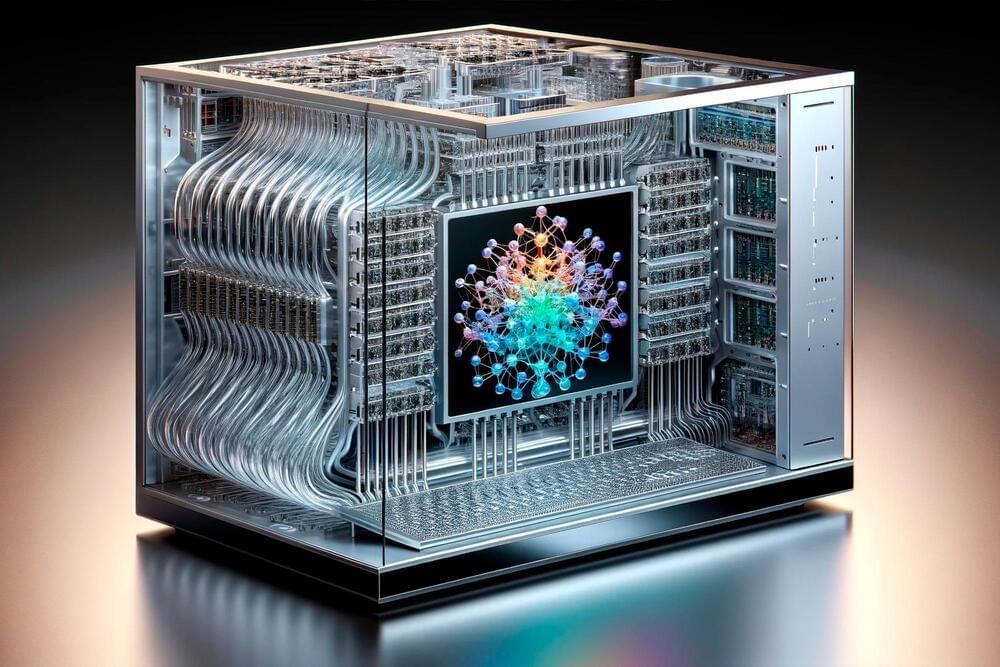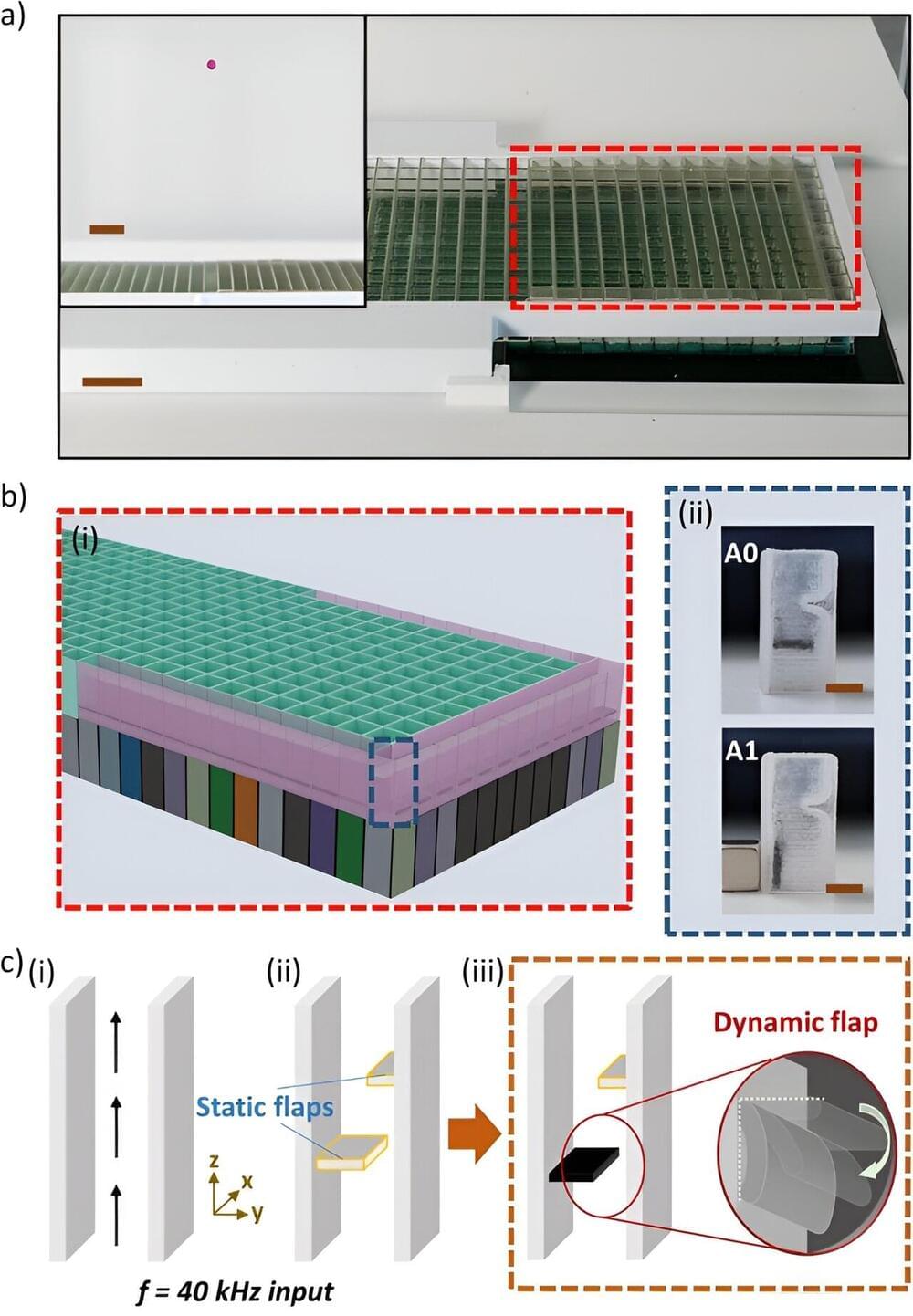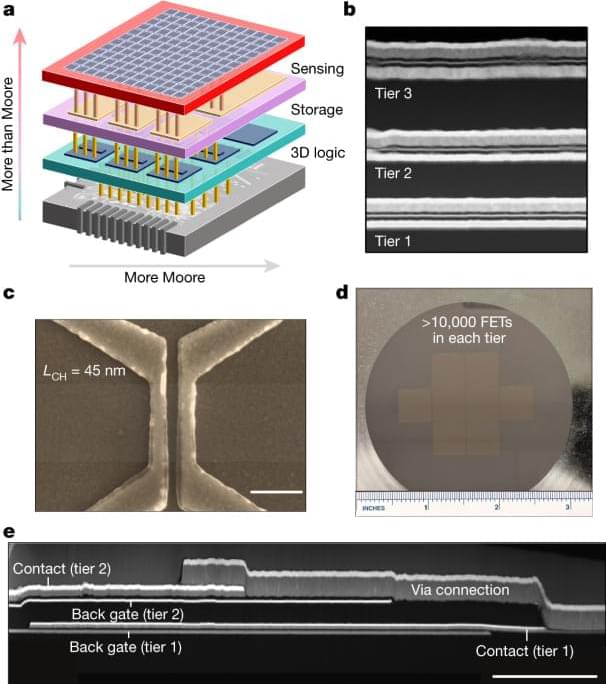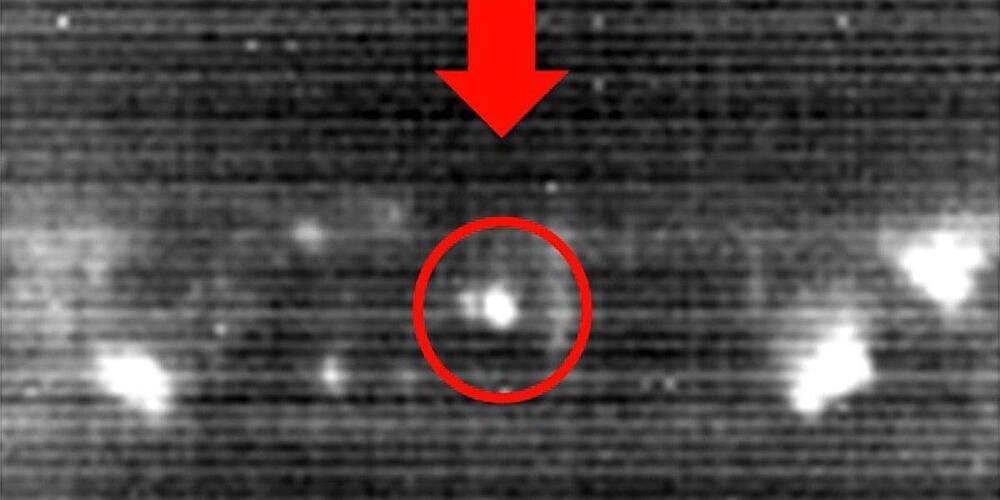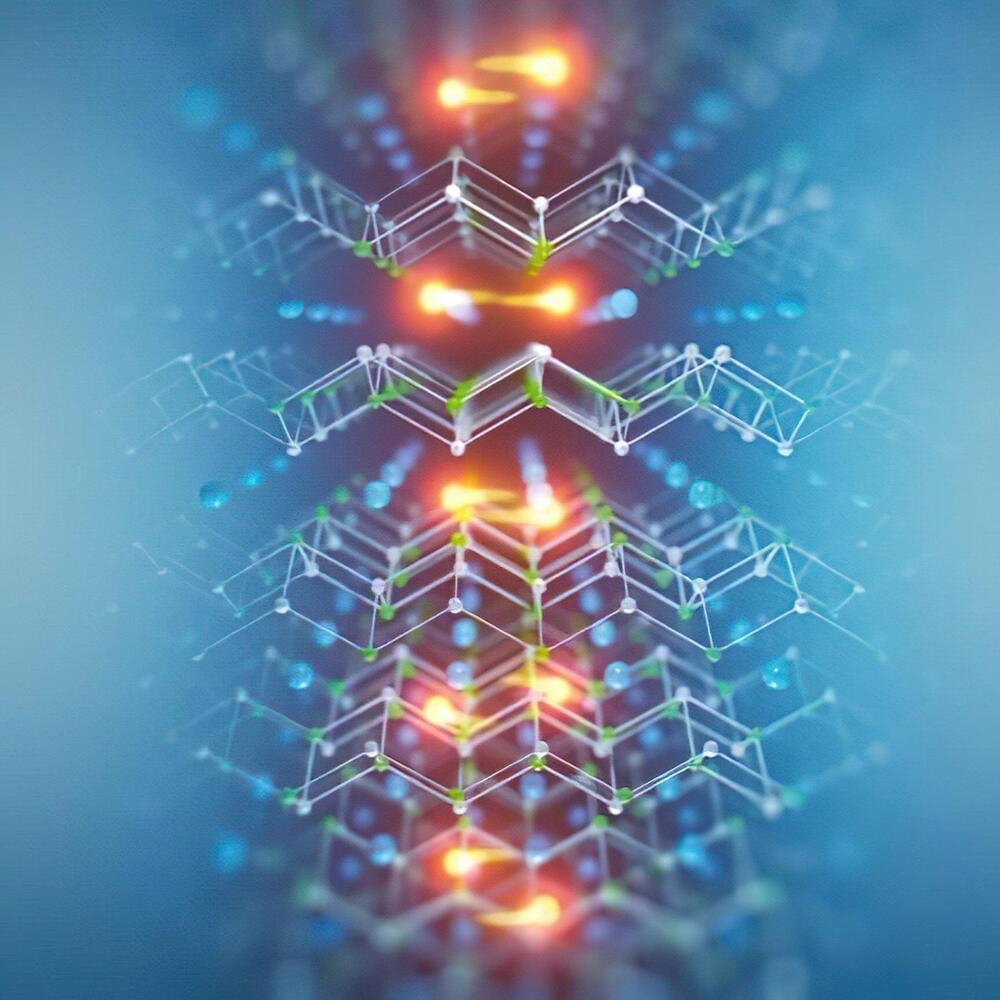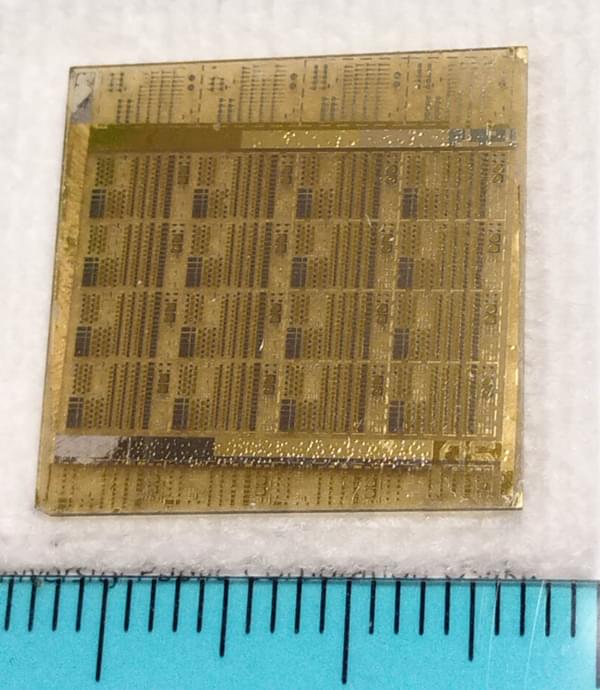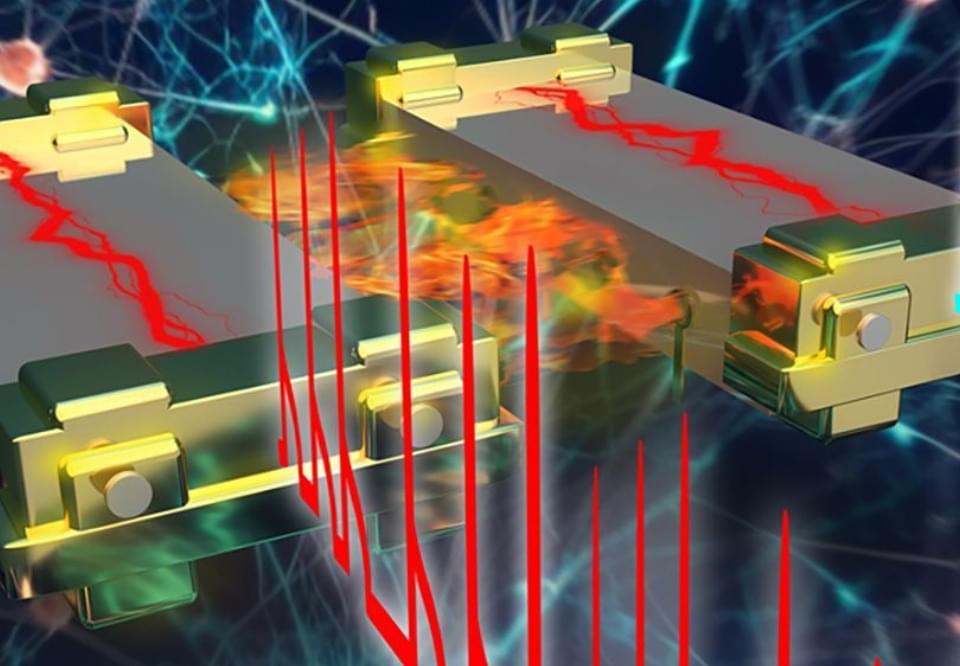A new study shows how quantum computing can be harnessed to discover new properties of polymer systems central to biology and material science.
The advent of quantum computing is opening previously unimaginable perspectives for solving problems deemed beyond the reach of conventional computers, from cryptography and pharmacology to the physical and chemical properties of molecules and materials. However, the computational capabilities of present-day quantum computers are still relatively limited. A newly published study in Science Advances fosters an unexpected alliance between the methods used in quantum and traditional computing.
The research team, formed by Cristian Micheletti and Francesco Slongo of SISSA in Trieste, Philipp Hauke of the University of Trento, and Pietro Faccioli of the University of Milano-Bicocca, used a mathematical approach called QUBO (from “Quadratic Unconstraint Binary Optimization”) that is ideally suited for specific quantum computers, called “quantum annealers.”
